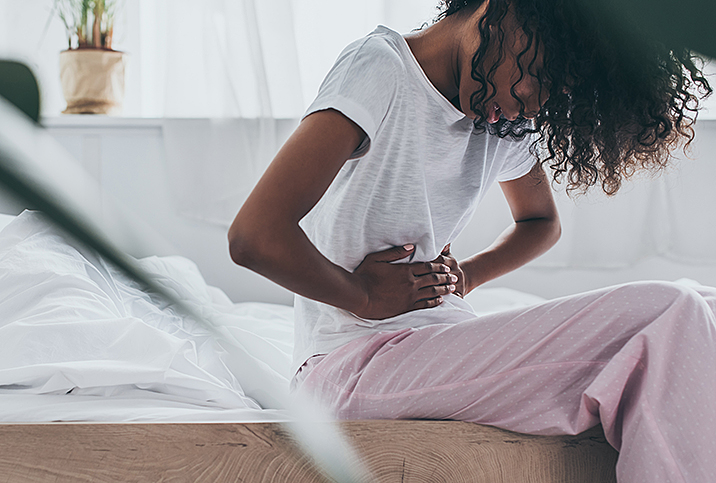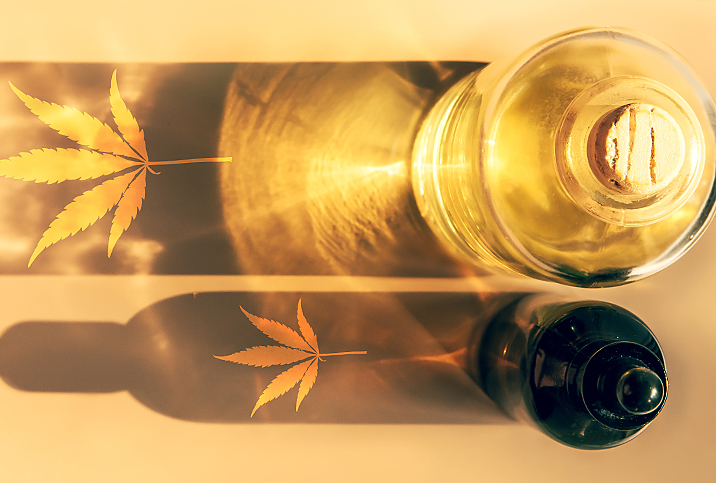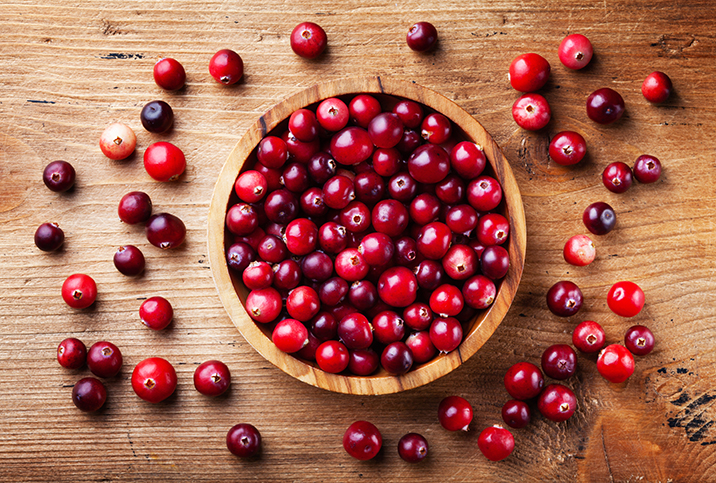Managing Your Vulvodynia Pain

Since it's not merely just another gynecological condition, many experts are encouraging a multidisciplinary approach in managing vulvodynia, which is marked by chronic pain or discomfort around the opening of your vagina or vulva.
The array of treatments is all the more significant in light of recent research linking vulvodynia and conditions such as fibromyalgia, chronic fatigue syndrome, yeast infections, recurrent vulvovaginal infections, irritable bowel syndrome (IBS), interstitial cystitis and oral contraceptive use.
Treatment could encompass a visit to a gynecologist or vulvovaginal specialist, dermatologist, neurologist, pain-management specialist, urogynecologist and/or physical therapist. Also worth considering is a psychologist or couple/sex therapist since the condition can have reverberations on a woman's sexual relationships and emotional well-being.
A moderate relief plan appears to be the preferred route, especially because there's a big question mark among experts behind the cause of the condition. A specific treatment plan might click for some women while another plan could yield relief for others. Ultimately, hitting paydirt with a treatment—or cocktail of treatments—is possible.
Topical remedies and alternative medicine
Because sex is a non-negotiable staple for many people, finding remedies that address your vulvodynia-related sex issues is crucial. You can use a water-based lubricant and ask your physician for a topical anesthetic prescription. Bear in mind that it might sting the first few minutes after application. To balm pain following intercourse, you can apply a frozen feminine gel pack or ice and circumvent infection by both urinating and rinsing your vulva with cool water after sex. It's important to note that many women with vulvodynia are sensitive to spermicides and contraceptive creams, so be cautious.
Beyond sex, vulvodynia sufferers often experience discomfort throughout the day. To ease pain, many women find relief in baths with lukewarm or cool water and Epsom salts.
Not surprisingly, stress is apt to exacerbate vulvodynia (while vulvodynia simultaneously stokes stress). Though there's a lack of evidence on their effectiveness, alternative techniques such as yoga, meditation, massage and other stress reducers have been shown to provide some women with a degree of relief.
Physical therapy, biofeedback and pelvic floor exercises
Incorporating the principles of physical therapy to culminate in a structured, effective and safe reconditioning of pelvic floor muscles is imperative. Kegel exercises, in particular, are one of the optimal ways to strengthen pelvic floor muscles. The end game is to improve the strength and function of pelvic floor muscles and alleviate muscle pain, weakness and dysfunction.
The approach can help those with a range of issues, including urinary incontinence as well as frequent, urgent and painful urination and bowel movements.
Biofeedback therapy can play a part in pain reduction by teaching you how to relax your pelvic muscles and control the way your body responds to the symptoms.
There was a spike of 71 percent in the success rate—moderate to great improvement in vulva pain—and a drop in discomfort during intercourse and medical exams, according to studies of women using physical therapy treatment for vulvodynia.
Dietary recommendations
Those with or prone to vulvodynia should put the brakes on greens, beans, berries, chocolate, nuts, soy, goat dairy products and wheat gluten because they make your urine more irritating to your skin
A vulvodynia flare-up can be further mitigated by getting more magnesium, vitamin D3, vitamin B12, omega-3 and probiotics through supplements.
Fiber could be in play, too. You could invite vulvodynia due to a lack of regular bowel movements by not getting enough fiber in your diet.
Vulvodynia pain is real, but it can be managed with a multi-disciplinary approach. Talk to your doctor about starting a pain management treatment plan.

















